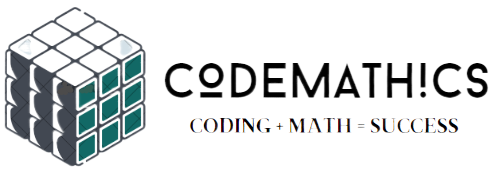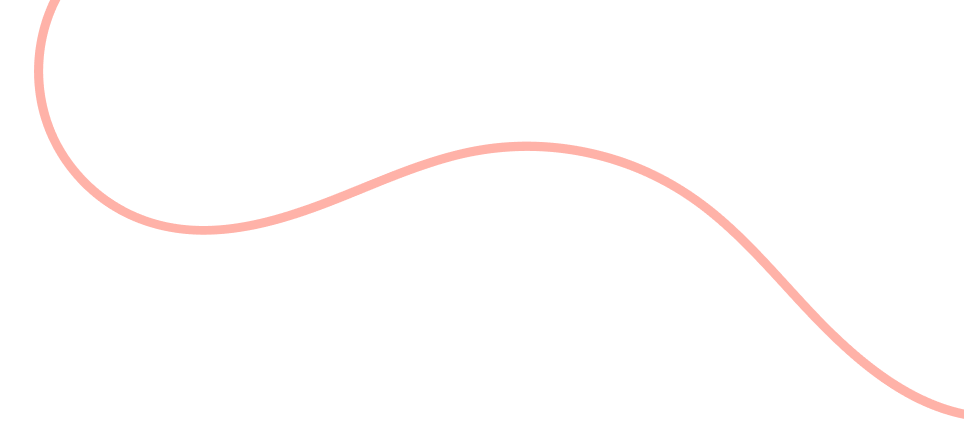About the Course
Welcome to our Scratch Programming Course, a perfect launchpad for beginners of all ages to embark on a journey into the captivating world of coding. This course is meticulously designed to introduce you to Scratch, a user-friendly and powerful platform that simplifies the learning of programming concepts. We begin with the basics, exploring the Scratch environment, then gradually delve into more complex elements like variables, loops, and more. You’ll master animating characters, creating interactive games, and managing data. Designed with simplicity and interactivity at its core, this course not only sparks creativity in young learners but also provides a strong foundation for those who are taking their first steps into programming.
Course Topics
Introduction to Scratch
What is Scratch?
An engaging dive into Scratch’s origin and purpose, explaining how this user-friendly platform allows you to create, share, and remix interactive stories, animations, and games. This topic explores how Scratch fosters creativity, logical thinking, and collaboration among its users.
Scratch Programming Environment
A guided tour of the Scratch interface, including the stage, sprites, blocks palette, and scripts area. You’ll also learn how to navigate the Scratch website, create a new project, and save your work.
Motion and Drawing
Motion Commands
Learn how to bring your sprites to life using various motion blocks, including move, turn, point towards, and glide. Understand the concept of X and Y coordinates and how they determine a sprite’s position on the stage.
Pen Commands
Unlock the power of the pen tool to create dynamic artwork. Learn to use blocks like pen down, pen up, set pen color, and change pen size to create vibrant drawings and designs.
Looks and Sound
The Looks Palette
Discover how to use the looks blocks to change the appearance of sprites, create special effects, and enhance the visual appeal of your projects. Learn to use blocks like say, think, show, hide, and change costume.
The Sound Palette
Bring an auditory dimension to your projects. Learn to play, stop, and manipulate sounds to add a new layer of interactivity to your Scratch creations.
Procedure
Message Broadcasting and Receiving
Understand how to use broadcast and receive blocks to create interactive scripts. Explore the concept of event-driven programming and how it powers many Scratch projects.
Working with Procedures
Get to grips with the concept of procedures (or custom blocks) and learn to encapsulate complex scripts into simple, reusable blocks.
Variables
Data Types in Scratch
Learn about the two data types in Scratch: numbers and strings. Understand how different blocks work with these data types.
Introduction to Variables
Dive into the concept of variables and how they can be used to store, retrieve, and manipulate data in your projects.
Variable Monitors
Learn how to use variable monitors to keep track of variables and display their values on the stage.
Operators and If/Else Blocks
Comparison Operators
Explore comparison operators like equals, less than, and greater than. Learn how they can be used to make decisions in your scripts.
If/Else Block
Get to grips with the if/else block, a powerful tool for controlling the flow of your scripts based on conditions.
Logical Operators
Understand the roles of and, or, and not operators in creating complex conditions and refining your scripts’ logic.
Loops
Loop Blocks
Dive into different types of loop blocks like repeat, forever, and repeat until. Learn how they can be used to create repetition in your scripts.
Stop, Counters, Nested Loops, and Recursion
Explore the stop block’s functionality, the use of variables as counters, and the concepts of nested loops and recursion.
String Processing
String Data Types and String Manipulation
Understand the string data type and learn how to manipulate strings using blocks like join, letter of, and length of.
Lists
Lists in Scratch
Discover the power of lists to store multiple items and how they can be used in complex projects.
Dynamic Lists, Numerical Lists, Searching, and Sorting Lists
Learn how to create dynamic and numerical lists, and how to search for items in a list. Understand how the sort block can be used to organize data in your lists.









